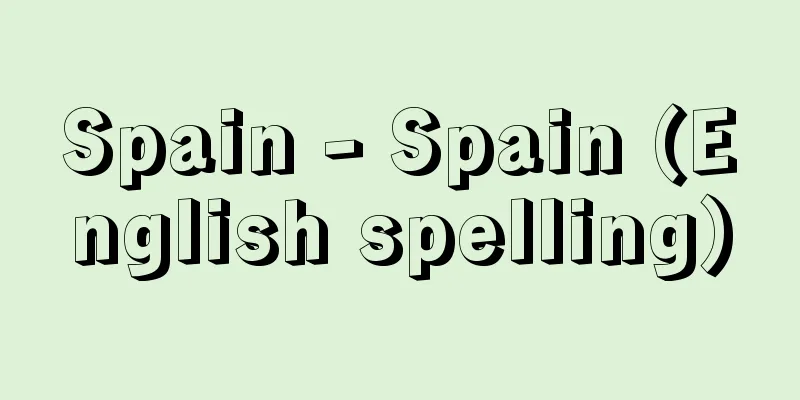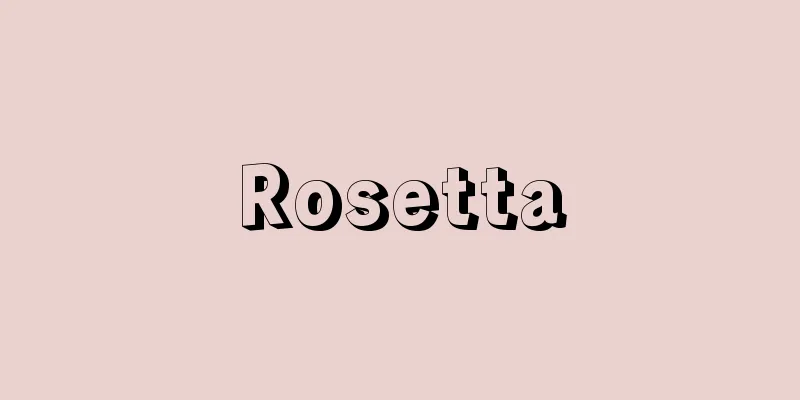Pisarev (English spelling) Dmitriy Ivanovich Pisarev

|
Russian critic. Born into an aristocratic family, he received a highly advanced education at home and began his critical activities while studying at St. Petersburg University. After graduation, he published "Scholasticism in the 19th Century" (1861) and "Bazarov" (1862) in the magazine "Russian Words", and became an instant favorite of the intellectual world. His nihilism, which preached that in order to become independent as an intellectual, one must deny established authority and morality and awaken to egoism, had a great ideological influence on young people, and he was nicknamed "the terrible child" for his sharp tongue. In 1862, he wrote a manifesto criticizing the autocratic government and spent four and a half years in prison, but he continued to write and aimed to popularize natural science as a weapon to purify the world view in place of traditional philosophy, and was the first in Russia to critically introduce Darwin's theory of evolution and Comte's sociology. In the field of literary criticism, he wrote many essays that were unique in the history of Russian literature, such as "Pushkin and Belinsky" (1865), which denied the authority of the poet Pushkin, "The Struggle for Life" (1867), which discussed "Crime and Punishment" as a social issue, and "The Destruction of Aesthetics" (1865), which pointed out the limitations of Chernyshevsky's materialistic aesthetics. In his main work, "The Realist" (1864), he coldly analyzed the reactionary political situation and called for the conservation of intelligence, but his true meaning was not understood and only the utilitarian aspect was accepted, giving rise to the trendy phenomenon known as Pisarevism. Shortly after his release from prison, he drowned while swimming. [Masashi Watanabe] "The Struggle for Life" (Iwanami Bunko) translated by Yukihiko Kaneko" ▽ "The Destruction of Aesthetics: Pisarev and Nihilism" by Masashi Watanabe (1980, Hakuba Shobo) Source: Shogakukan Encyclopedia Nipponica About Encyclopedia Nipponica Information | Legend |
|
ロシアの批評家。貴族の生まれで、高度の家庭教育を受け、ペテルブルグ大学在学中から評論活動を開始し、卒業後『ロシアの言葉』誌に『19世紀のスコラ学』(1861)、『バザーロフ』(1862)を発表し、一躍論壇の寵児(ちょうじ)となる。知識人として自立するためには、既成の権威や道徳を否定し、エゴイズムに目覚めねばならぬと説く彼のニヒリズムは青少年に大きな思想的感化を与え、その舌鋒(ぜっぽう)の鋭さゆえに「恐るべき子供」とあだ名された。1862年に専制政府批判の檄文(げきぶん)を書いて4年半の獄中生活を送るが、そこでも執筆を継続、世界観を浄化するための武器として従来の哲学にかわる自然科学の普及を目ざし、ロシアでは初めてダーウィンの進化論、コントの社会学を批判的に紹介した。文芸批評の分野でも詩聖プーシキンの権威を否定した『プーシキンとベリンスキー』(1865)、『罪と罰』を社会問題として論じた『生活のための闘い』(1867)、チェルヌィシェフスキーの唯物論美学の限界をついた『美学の破壊』(1865)などロシア文学史上異色の論文を多数残している。主著『リアリスト』(1864)では、反動的政治状況を冷徹に分析し、知力の節約を訴えたが、その真意は理解されず、功利主義的側面のみが受容され、ピーサレフ主義なる流行現象を生んだ。出獄後まもなく遊泳中に溺死(できし)した。 [渡辺雅司] 『金子幸彦訳『生活のための闘い』(岩波文庫)』▽『渡辺雅司著『美学の破壊――ピーサレフとニヒリズム』(1980・白馬書房)』 出典 小学館 日本大百科全書(ニッポニカ)日本大百科全書(ニッポニカ)について 情報 | 凡例 |
>>: Chiton (Stone Turtle Shell) - Chiton
Recommend
Mortonagrion selenion (English spelling) Mortonagrion selenion
... Mortonagrion hirosei (discovered in Hinuma, I...
Proteinuria (proteinuria)
This refers to a state in which a certain amount o...
Gallimard - Gallimard (English spelling)
A leading publisher of 20th century French litera...
Sleeping outdoors
〘 noun 〙 (also "nojiku") To stay overnig...
Euplectella oweni (English spelling)
… [Minoru Imajima]. … *Some of the terminology th...
Prince Asahiko
Year of death: October 29, 1891 (Meiji 24) Year of...
《Erotic Mirror》 - Pea
…The original purpose of Shinto lectures was to g...
Deccan Plateau - English spelling: Deccan Plateau
A plateau occupying the southern half of India. T...
Von Recklinghausen's disease
What is the disease? Traditionally, Neurofibromat...
Takamatsuzuka Tomb - Takamatsuzuka Tomb
A mural-painted tumulus from the late 7th century...
Anthropologie der Naturvolker (English: Anthropologie der Naturvolker)
…He was a professor of philosophy at the Universi...
Norimasa Uesugi
Year of death: Tensho 7 (1579) Year of birth: 1523...
Anomateka - Anomateka
A semi-cold-hardy bulbous plant of the Iridaceae ...
Chronicles of the Regent of Shinshin-in
Also known as Shinshin'in Motohira Koki, this ...
Hishiya Shinden
A new rice field opened in Kawachi Province in the...









